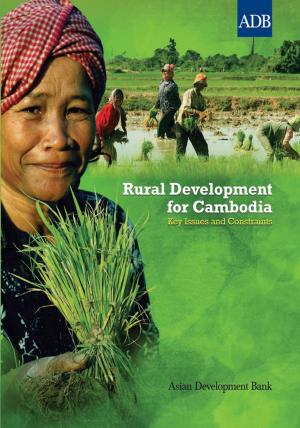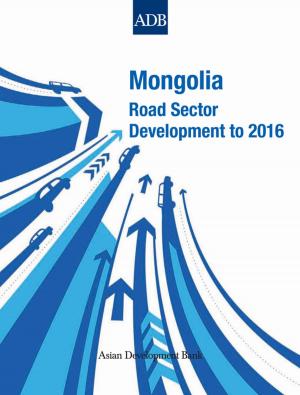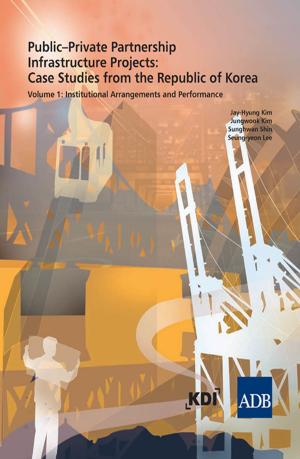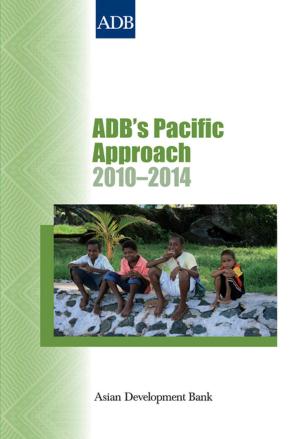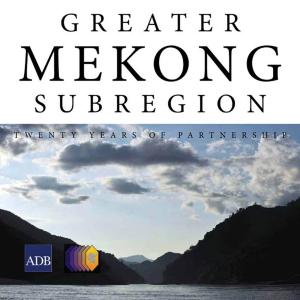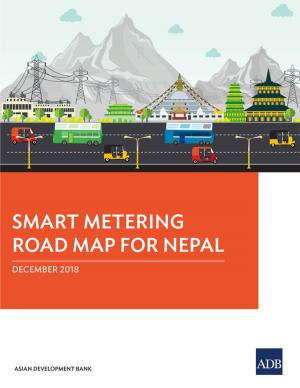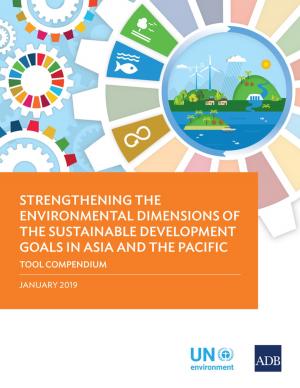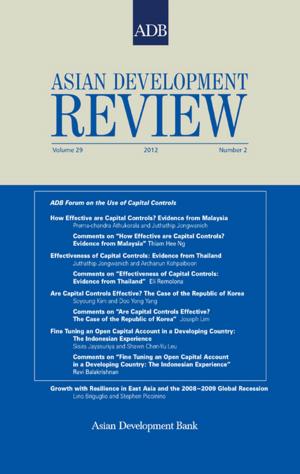Biodiversity Baseline Assessment
Phipsoo Wildlife Sanctuary in Bhutan
Nonfiction, Science & Nature, Nature, Environment, Environmental Conservation & Protection| Author: | Asian Development Bank | ISBN: | 9789292613754 |
| Publisher: | Asian Development Bank | Publication: | October 1, 2018 |
| Imprint: | Asian Development Bank | Language: | English |
| Author: | Asian Development Bank |
| ISBN: | 9789292613754 |
| Publisher: | Asian Development Bank |
| Publication: | October 1, 2018 |
| Imprint: | Asian Development Bank |
| Language: | English |
This publication presents a biodiversity baseline assessment that was conducted in 2014−2015 at the Phipsoo Wildlife Sanctuary in southern Bhutan. Inventory and sampling of tree, avian, mammal, and fish species was accomplished in three areas. Grassland conditions and illegal tree harvesting were quantified. The assessment confirmed the presence of 27 protected species. Mammals accounted for the majority at 74%. Camera trapping over 5 months yielded 4,300 individual mammals and 28 species. Mammalian biodiversity metrics differed significantly among assessment zones. The elephant was the species most documented. The sanctuary was found to be a critical habitat for the endangered tiger and the critically endangered white bellied heron.
This publication presents a biodiversity baseline assessment that was conducted in 2014−2015 at the Phipsoo Wildlife Sanctuary in southern Bhutan. Inventory and sampling of tree, avian, mammal, and fish species was accomplished in three areas. Grassland conditions and illegal tree harvesting were quantified. The assessment confirmed the presence of 27 protected species. Mammals accounted for the majority at 74%. Camera trapping over 5 months yielded 4,300 individual mammals and 28 species. Mammalian biodiversity metrics differed significantly among assessment zones. The elephant was the species most documented. The sanctuary was found to be a critical habitat for the endangered tiger and the critically endangered white bellied heron.



